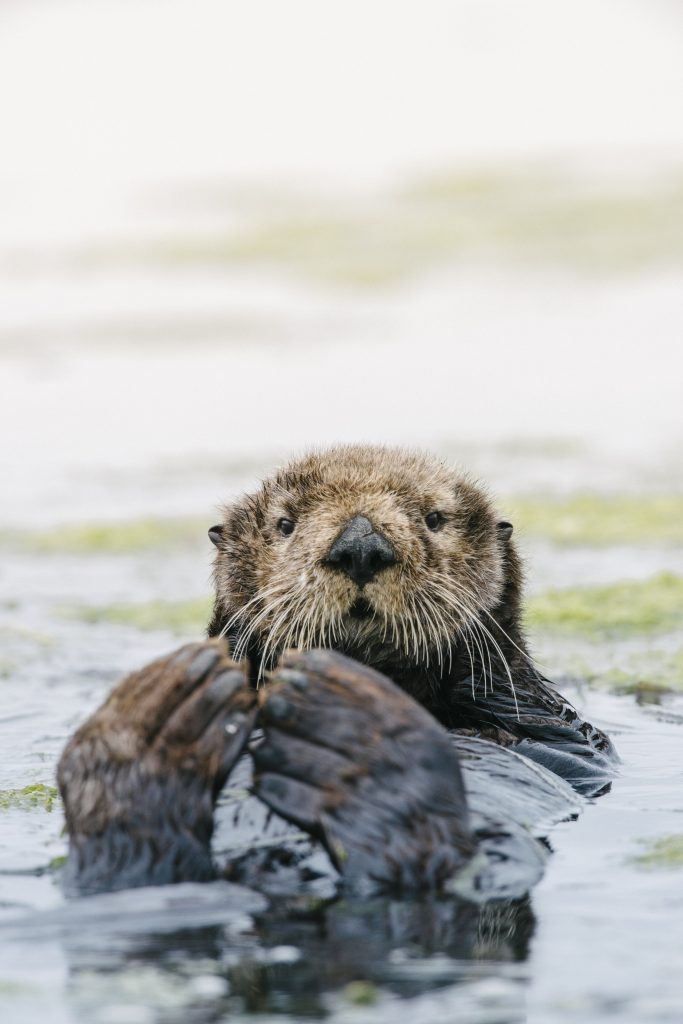The power of positive stories
Stories about nature, especially hopeful ones, are rare in the news. Yet there is power in spreading positive messages and sharing what works. In last month’s edition of Coastal Edges, we shared a story about a groundbreaking study published in Nature that revealed how the return of sea otters to California’s Elkhorn Slough, an estuary near Monterey in Central California, has slowed erosion of the salt marsh by a whopping 69%.
When I hopped on a plane from Florida to California more than a decade ago to help set up field experiments for this study, I could never have imagined this work would one day reveal a rousing conservation success story and capture the imagination of millions of people around the world. At last count, our sea otter study was featured in 245 news stories from Florida to Finland and California to China.

This study marks a significant ecological success and offers hope to those dedicated to improving the health of our coastal ecosystems. Could reintroducing top predators in other ecosystems achieve similar results in ecosystems globally? As my colleague and lead author Brent Hughes Ph.D., associate professor of biology at Sonoma State University noted, the findings suggest that “this could be a very effective and affordable new tool for our conservation toolkit.”
It’s gratifying to be part of such an uplifting story about the benefits of conservation and the value of persistent, long-term research. Behind the scenes, an international team of dedicated scientists and volunteers spent countless hours carrying out large-scale spatial surveys across 13 tidal creeks, small-scale field experiments at five locations around the estuary, and collecting observations on the otters’ behaviors. We wove this complex story together by analyzing a decade’s worth of data and aerial photographs dating back to the 1930s to understand salt marsh erosion patterns over time.
Both the results and response have been tremendous. We hope that in sharing our discoveries, this will inspire a more optimistic outlook for our world’s future and empower people to take actions that help make this vision a reality.
If you missed it, check out the full story on NPR or UF News.
